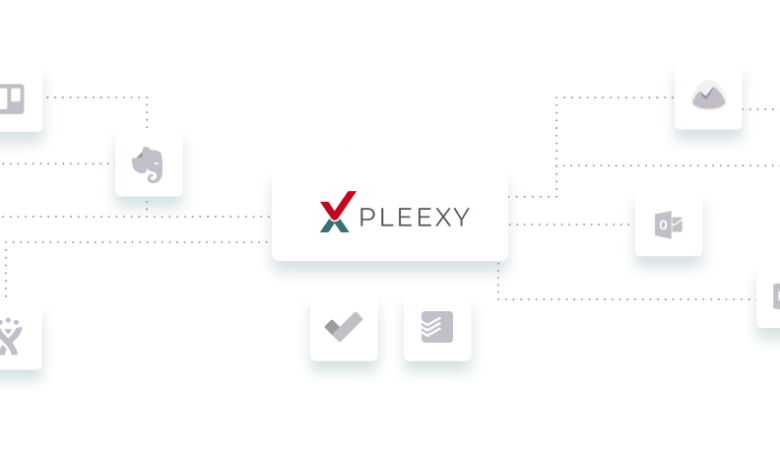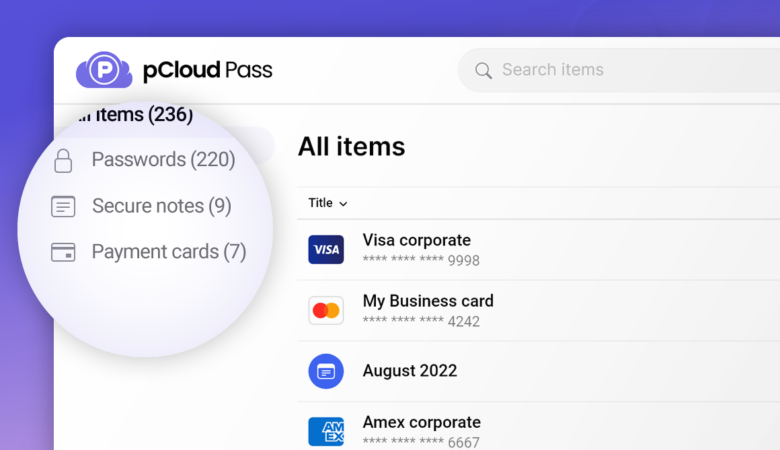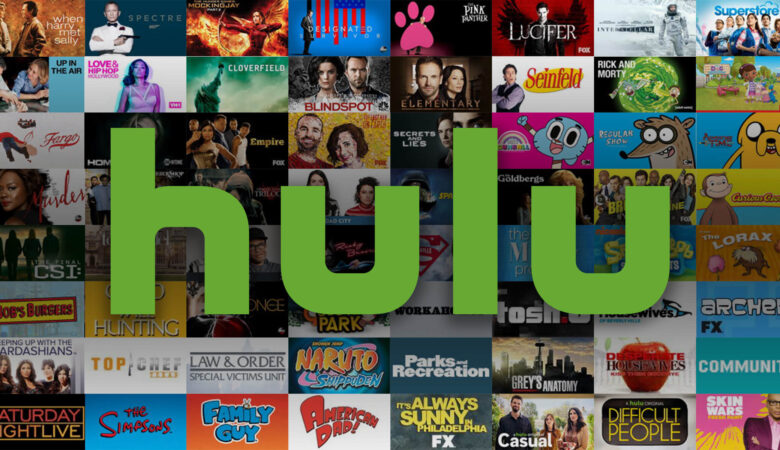Trello vs Asana vs Monday vs Slack – In the ever-evolving landscape of project management and team collaboration, selecting the right tools is a strategic imperative. Among the sea of options, Trello, Asana, Monday.com, and Slack have emerged as frontrunners, each offering a unique suite of features and capabilities. In this comprehensive comparison, we will explore these four powerhouse platforms in-depth, discussing their core features, strengths, and drawbacks, providing you with the insights you need to make an informed choice.
Trello vs Asana vs Monday vs Slack – Start from Here
In a world filled with an ever-increasing array of productivity and collaboration tools, making the right choice for your team can be a daunting task. Four of the standout options on the market are Trello, Asana, Monday.com, and Slack. Each of these tools offers a unique set of features and capabilities, making them popular choices for businesses and individuals alike. But why choose one from this quartet? Let’s explore the factors that can help you make the right decision.
Trello: The Visual Task Management Maestro
Trello’s visual approach to task management sets it apart. If your team is one that prefers a straightforward, intuitive system, Trello might be the perfect fit. It employs boards, lists, and cards to represent tasks, making it easy for even those with minimal technical expertise to dive in and get started. Trello’s user-friendly interface allows you to quickly grasp the status of various projects and tasks at a glance. It’s an ideal choice for those who value simplicity, yet it’s versatile enough to adapt to different workflows and needs.
Asana: The Project Management Powerhouse
Asana, on the other hand, is built for more than just task management; it excels at project management. For teams with intricate workflows, dependencies, and timelines, Asana offers a comprehensive solution. The platform is designed to help you keep track of complex projects, offering features like Gantt charts and the ability to set task dependencies. Asana is a fantastic choice for organizations that require advanced project management capabilities and a robust task organization system. Its feature-rich environment provides a high degree of customization, but this versatility comes with a learning curve.
SEE ALSO: Trello Vs Asana Vs Monday.Com Vs ClickUp: The Ultimate Project Management Showdown
Monday.com: The Flexible Work Operating System
Monday.com is the work operating system, adaptable and versatile. What sets it apart is its ability to provide custom workflows that can accommodate a wide range of projects and tasks. Whether your team is managing marketing campaigns, tracking software development, or handling event planning, Monday.com allows you to create tailored boards and workflows that align with your needs. The visually appealing interface with multiple views, including Kanban boards and Gantt charts, adds to the platform’s charm.
Slack: The Collaboration Hub
Slack is a different beast entirely. While it offers some project management capabilities, its core strength lies in real-time communication and collaboration. Teams that prioritize quick and efficient communication often turn to Slack. It’s perfect for discussions, updates, and sharing files instantly. The platform provides a seamless integration with a multitude of third-party apps and services, making it a central hub for various tools. Slack is ideal for teams that thrive on real-time communication and value the ability to personalize their experience.
Choosing the Right One: A Matter of Workflow and Preferences
So, which one should you choose? The answer lies in your specific workflow, needs, and preferences.
If Simplicity is Key: If you are looking for a user-friendly, visual tool that allows you to start managing tasks and projects quickly, Trello is a straightforward choice. Its simplicity and adaptability make it a fantastic option for smaller teams and individuals who value an intuitive interface.
For Comprehensive Project Management: When advanced project management is your goal, Asana shines. It offers the depth required for intricate project tracking and organization. If you are willing to invest some time in mastering its features, the rewards can be significant.
Versatile Custom Workflows: Monday.com is the go-to solution when you need to create custom workflows that can adapt to a variety of projects. It’s an ideal choice for teams that handle diverse tasks and projects and require visual representation.
Real-Time Communication Hub: Slack is your best friend when your team relies on instant communication and collaboration. If you are looking for a messaging platform that can seamlessly integrate with your tech stack, Slack is the way to go.
Trello: The Visual Task Management Marvel
Pros of Trello:
- User-Friendly Interface: Trello’s core strength lies in its user-friendly interface. The visual Kanban board layout, consisting of boards, lists, and cards, makes it incredibly easy for individuals and teams to manage tasks and projects.
- Customization: Trello’s flexibility is a standout feature. You can tailor boards, lists, and cards to your specific workflow. Custom labels, due dates, checklists, and attachments provide a high degree of personalization.
- Integration: Trello plays well with others. It offers a broad range of integrations with popular tools like Google Drive, Slack, and Evernote, enhancing its adaptability to your existing workflow.
- Free Plan: For solo users and small teams, Trello’s free plan is enticing. It provides core features without a financial commitment.
Cons of Trello:
- Limited Automation: While Trello’s simplicity is a boon, its automation capabilities are not as advanced as some other tools. Complex automation may require third-party integrations.
- Scalability for Large Projects: Trello may lack the depth required for large-scale projects, as it doesn’t offer the more advanced project management features of some other platforms.
Asana: The Comprehensive Project Management Solution
Pros of Asana:
- Robust Project Management: Asana excels as a comprehensive project management tool. It offers task organization, team collaboration, and project tracking. Features like Gantt charts, custom fields, and dependencies make it a heavyweight in project management.
- Automation: Asana shines in automation, enabling you to streamline repetitive tasks and workflows, freeing up more time for strategic thinking.
- Intuitive Interface: Asana’s user-friendly interface provides a crystal-clear view of project progress and task details. Its structured layout makes it easy to navigate.
- Integration: Asana seamlessly integrates with a host of third-party apps and services, offering seamless access to your entire tech stack.
Cons of Asana:
- Learning Curve: While Asana is feature-rich, it can be more complex for newcomers. It may require time for teams to fully harness its capabilities.
- Pricing: To unlock Asana’s advanced features, you may need to opt for a paid plan, which could be cost-prohibitive for larger teams or organizations.
Monday.com: The Work Operating System
Pros of Monday.com:
- Versatile Workflows: Monday.com stands out for its exceptional flexibility. It empowers teams to create custom workflows to manage projects, tasks, and processes efficiently.
- Visual Interface: The platform offers a visually rich, interactive interface with various views, including Kanban boards, Gantt charts, and calendar views.
- Automation: Monday.com boasts robust automation features, letting you automate repetitive tasks and processes seamlessly.
- Integration: It integrates with numerous third-party apps, allowing users to connect their favorite tools.
Cons of Monday.com:
- Pricing Complexity: While flexibility is a strength, the platform’s pricing structure can be complex. This complexity may make it challenging to estimate costs accurately, particularly for growing businesses.
- Feature Overwhelm: The breadth of customization options and features may overwhelm some users, particularly those looking for a simpler solution.
Slack: The Messaging and Collaboration Hub
Pros of Slack:
- Real-Time Communication: Slack reigns supreme in the realm of real-time team communication. It is perfect for discussions, quick updates, and efficient file sharing.
- Integration: Slack integrates seamlessly with a vast array of third-party apps, enhancing its functionality as a central hub for various tools.
- Search Functionality: Slack’s robust search feature ensures that users can quickly find past messages and files, even in large channels.
- Customization: Slack is highly customizable, allowing users to personalize their Slack experience with custom channels, integrations, and notification settings.
Cons of Slack:
- Task Management Limitations: Slack’s task management features are less robust compared to dedicated project management tools. It may be less suitable for complex project tracking.
- Channel Overload: As teams grow, the multitude of channels and notifications in Slack can become overwhelming, necessitating a disciplined approach to channel management.
In-Depth Feature Comparison:
To help you make an informed decision, let’s dive into a detailed feature comparison:
- Task Management:
- Trello: Exceptional for visual task management. Tasks are managed using cards on boards.
- Asana: Comprehensive task and project management. Offers advanced features like dependencies and Gantt charts.
- Monday.com: Versatile task management with a wide range of custom workflows.
- Slack: Less robust task management, primarily focused on team communication.
- Project Management:
- Trello: Basic project management capabilities suitable for small to medium-sized projects.
- Asana: Powerful project management tool with advanced features like task dependencies and timelines.
- Monday.com: Strong project management features with customizable workflows.
- Slack: Limited project management features compared to dedicated project management tools.
- Automation:
- Trello: Basic automation features, mainly achievable through third-party integrations.
- Asana: Robust automation capabilities to streamline workflows.
- Monday.com: Strong automation features to automate tasks and processes.
- Slack: Offers workflow automation but focuses more on real-time communication.
- User Interface:
- Trello: Simple and user-friendly, perfect for visual learners.
- Asana: Clear and structured, making it easy to navigate project details.
- Monday.com: Interactive interface with various views, appealing to different work styles.
- Slack: Streamlined for real-time communication, with chat channels as the central focus.
- Integration:
- Trello: Offers a wide range of third-party integrations, enhancing its adaptability.
- Asana: Integrates seamlessly with a host of apps and services.
- Monday.com: Provides integrations with popular tools, ensuring connectivity.
- Slack: Extensive integration options, making it a central hub for your tech stack.
- Learning Curve:
- Trello: Extremely user-friendly, with minimal learning curve.
- Asana: May require some training due to its feature depth.
- Monday.com: Could be challenging for newcomers due to extensive customization.
- Slack: Easy to grasp for real-time communication but may become complex with a large number of channels.
- Pricing:
- Trello: Offers a free plan, suitable for individuals and small teams. Paid plans available.
- Asana: Free and paid plans. Advanced features come at a cost.
- Monday.com: Offers a free trial but is considered relatively expensive, with pricing complexity.
- Slack: Provides a free plan with limited features. Paid plans unlock additional capabilities.
Conclusion: Choosing the Right Tool
Selecting the ideal platform among Trello, Asana, Monday.com, and Slack hinges on your unique needs, team size, and work processes. Each of these tools has its own set of features, strengths, and limitations. Consider your team’s requirements, project scale, and preferred work style when making your choice. While Trello is perfect for visual task management, Asana excels in comprehensive project management, Monday.com offers versatile custom workflows, and Slack is the messaging and collaboration hub. The key is to find the tool that aligns best with your team’s objectives and workflow dynamics.





Leave a Reply